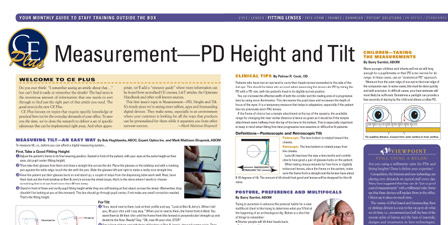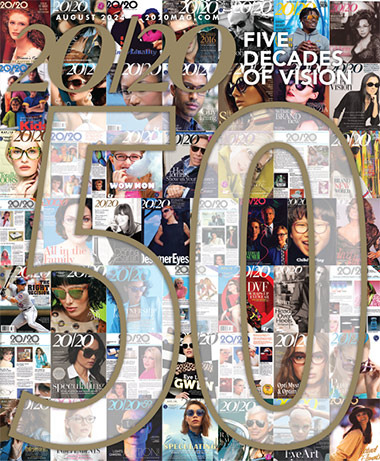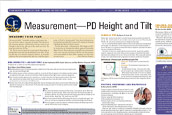By Fleur Nelson, ABOC
The optician will be the best equipped to determine which frame fits the child best. Avoid a frame that the child will grow into; the frame selected shouldn’t be too big or too wide. The same is true about not too small, and the frame width shouldn’t be touching the child’s face.
Excellent and careful bridge fit ensures that the glasses don’t slide down the child’s nose. For example, there should be no gap in a saddle bridge at the top of the child’s nose when trying on plastic frames.
Nosepads on metal frames and some plastic frames can be a good alternative for children with a flat or wide nose. If a child has been prescribed multifocal lenses, choosing a frame with nosepads can be extremely beneficial as they can be adjusted much easier to accommodate the fitting height. Nosepads should fit comfortably against the nose with no gaps. It’s best when a child’s eyes are centered in the frame both horizontally and vertically.
The temples should be straight from the hinge to the ear and should not bow out. When a temple bows, that indicates the frame is too narrow. The length of the temple is also important when selecting a child’s frame. The temple can sometimes be too long for a child and extend below the ear; an indication the frame is probably too big.
Ultimately, comfort and fit results in less “playing around” with his or her glasses and reduces the chance of breakage. If the parent expresses concern about the frame investment, discuss both the value of the frame’s quality from a durability perspective and the manufacturer’s warranty. Remember that a manufacturer’s frame warranty suggests increased value since the manufacturer stands behind their product. Like an adult’s products, an investment in better quality pays off in the long run.
August 2017
Fitting and Adjusting Frames












